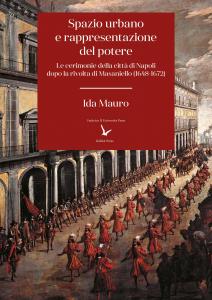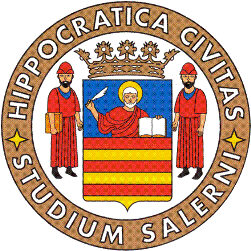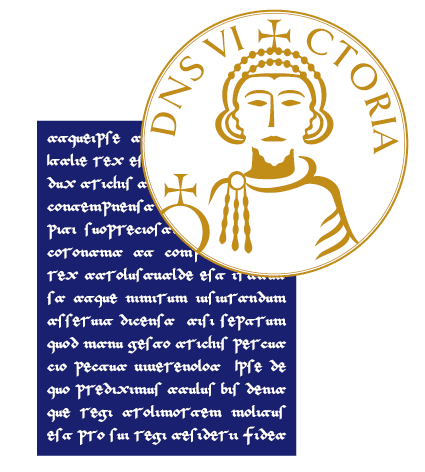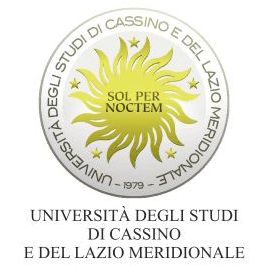Spazio urbano e rappresentazione del potere: Le cerimonie della città di Napoli dopo la rivolta di Masaniello (1648-1672)
Keywords:
Andrea Rubino, Feste barocche, Comunicazione politica, Storia di Napoli in età modernaSinossi
Editore: FedOA - Federico II University Press
Collana: Clio. Saggi di scienze storiche, archeologiche e storico-artistiche
Pagine: 436
Lingua: Italiano
NBN: http://nbn.depositolegale.it/urn:nbn:it:unina-26309
Abstract: Prendendo come fonte di partenza la cronaca inedita di Andrea Rubino (Notitia di quanto è occorso in Napoli dal 1648 fino a tutto il 1669) e le numerose descrizioni di cerimonie e apparati decorativi in essa contenute, il volume affronta il problema del controllo dello spazio della città di Napoli negli anni successivi alla rivolta di Masaniello. Il testo analizza la “politica cerimoniale” di cinque viceré - dal conte di Oñate a Pedro Antonio de Aragón - affiancata da quella del governo municipale e del capitolo della cattedrale, e sottolinea i momenti di attrito tra i diversi cerimoniali e la realizzazione polifonica dei principali eventi festivi.
Lo studio integra l’analisi di diverse fonti: le cronache, gli avvisi (in particolare quelli conservati a Roma e Modena), le polizze di pagamento degli antichi banchi napoletani, i protocolli notarili, le consulte del Consejo de Italia, i viglietti dei viceré, quadri e incisioni dell’epoca e, ovviamente, le relazioni - manoscritte e a stampa - destinate a trasmettere il discorso della festa. Queste ultime, generalmente considerate come fonte di partenza per lo studio di ogni cerimonia, risultano fortemente ridimensionate dal confronto con una documentazione di carattere meno intenzionale.
Il “tributo ossequioso” delle feste diventa dunque parte integrante di una contrattatazione dell’esercizio del potere che acquista la sua visibilità all’interno dello spazio urbano, in cui non solo le grandi cerimonie scenografiche ma anche le semplici feste per le inaugurazioni delle opere pubbliche sono indicate come un’importante occasione per la rappresentazione del consenso.
Downloads















